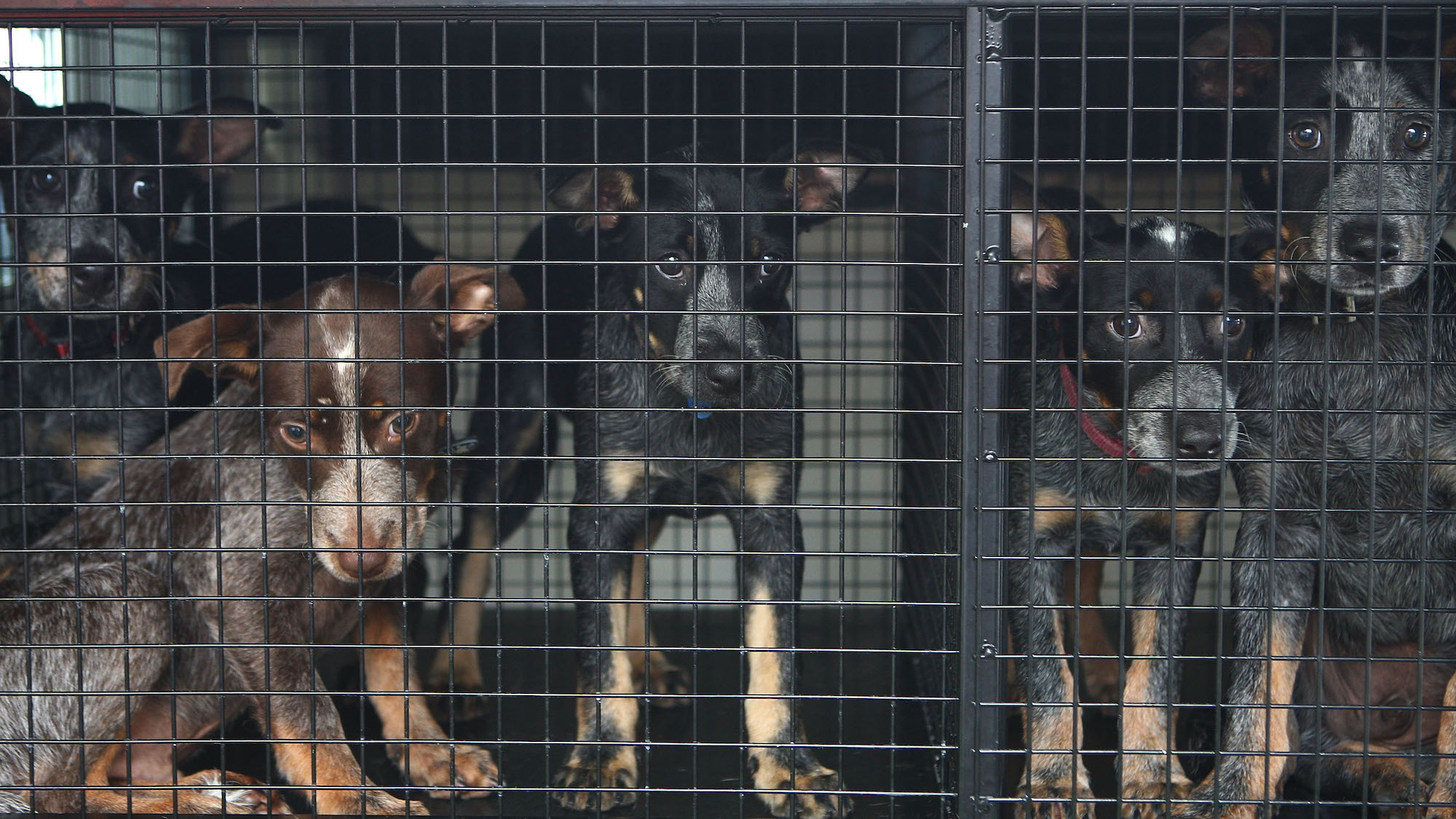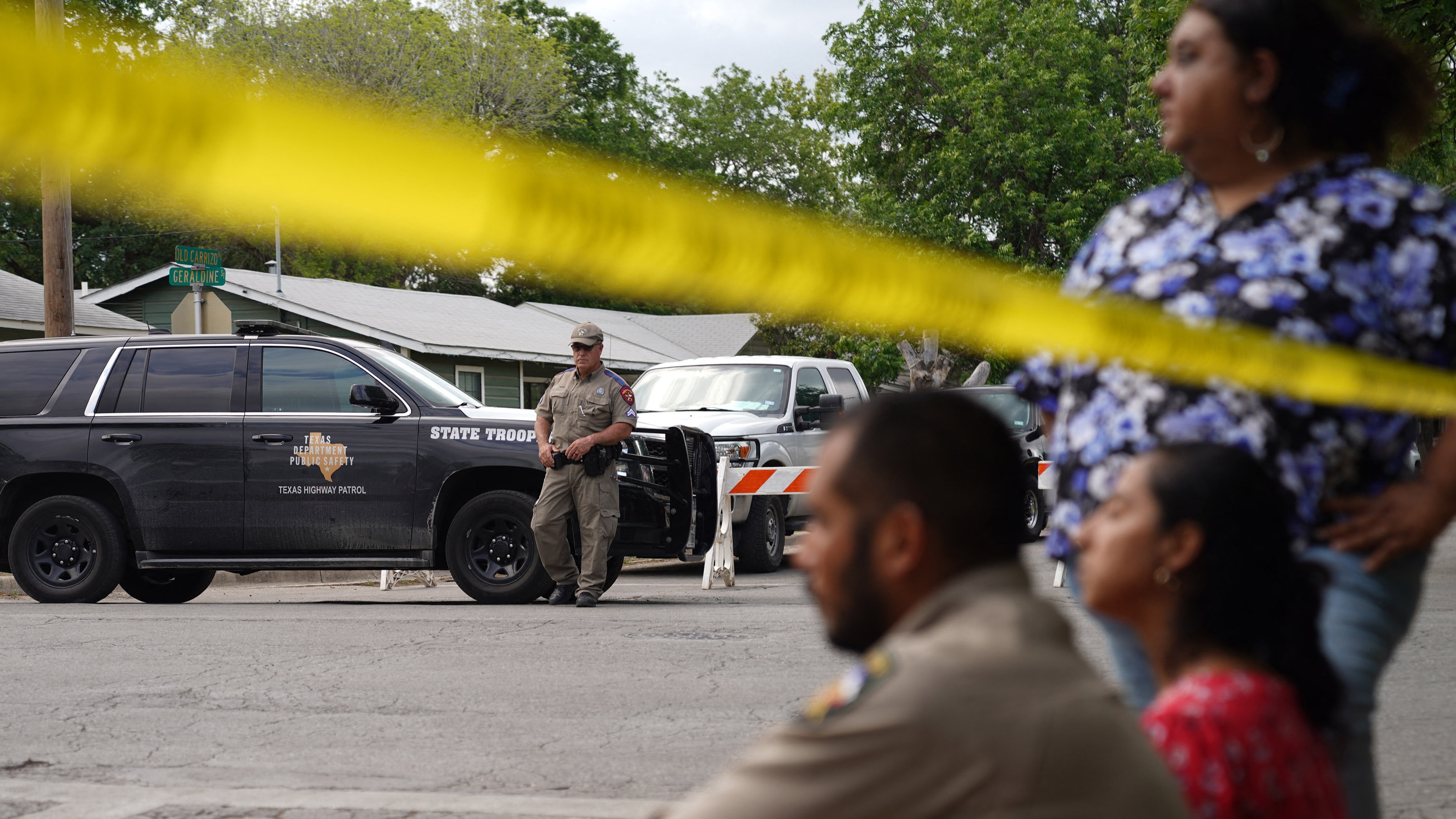Crime number one fear of British children
Children are getting less happy year by year - and social media may be at least partly to blame

Crime is the number one fear among Britain's children, according to the Children's Society annual report.
The charity found that almost 40 per cent of 10 to 17-year-olds worry about crime and fear being the victim of theft. The second biggest fear was being followed by a stranger, with fear of being assaulted third.
Although concern about crime is widespread, "the fear is greater than the reality - with 17 per cent of children reporting that they had been a victim of crime in the last 12 months", says the BBC.
The Week
Escape your echo chamber. Get the facts behind the news, plus analysis from multiple perspectives.

Sign up for The Week's Free Newsletters
From our morning news briefing to a weekly Good News Newsletter, get the best of The Week delivered directly to your inbox.
From our morning news briefing to a weekly Good News Newsletter, get the best of The Week delivered directly to your inbox.
Psychologist Geoff Beattie told BBC Breakfast that social media was a "big player" in making children feel they are in more danger than they actually are.
"We can see images of all kinds of horrible things that can happen and they affect our estimates of the probability of those things happening," he said.
However, while children may be over-exagerating the risk posed to them, the charity did find that overall levels of happiness among children had fallen year-on-year, with safety, parental debt and money struggles most likely to damage a child's happiness.
In May, the Local Government Association said services for vulnerable children were at "breaking point", predicting a £2bn funding gap by 2020. This has prompted the Children's Society to urge the government to do more to increase funding for vulnerable children.
A free daily email with the biggest news stories of the day – and the best features from TheWeek.com
-
 Into the Woods: a ‘hypnotic’ production
Into the Woods: a ‘hypnotic’ productionThe Week Recommends Jordan Fein’s revival of the much-loved Stephen Sondheim musical is ‘sharp, propulsive and often very funny’
-
 ‘Let 2026 be a year of reckoning’
‘Let 2026 be a year of reckoning’Instant Opinion Opinion, comment and editorials of the day
-
 Why is Iran facing its biggest protests in years?
Why is Iran facing its biggest protests in years?TODAY’S BIG QUESTION Iranians are taking to the streets as a growing movement of civic unrest threatens a fragile stability
-
 The violent turn 'pedophile hunters' have taken in the US
The violent turn 'pedophile hunters' have taken in the USIn the Spotlight These influencers have taken catching predators to another level
-
 French prosecutors charge Telegram's Durov
French prosecutors charge Telegram's DurovSpeed Read Telegram CEO Pavel Durov faces preliminary charges in France for permitting crime on his messaging app
-
 Is animal cruelty getting worse?
Is animal cruelty getting worse?Today's big question A new report has revealed a sickening trend of catapult animal killings shared on WhatsApp, and incidence of harming pets is rising
-
 Andrew Tate: the ‘king of toxic masculinity’ accused of human trafficking and rape
Andrew Tate: the ‘king of toxic masculinity’ accused of human trafficking and rapeIn the Spotlight The controversial internet star is in 30-day pre-trial detention in Romania
-
 What we know about the Copenhagen mall shooting
What we know about the Copenhagen mall shootingSpeed Read Lone gunman had mental health issues and not thought to have terror motive, police say
-
 Texas school shooting: parents turn anger on police
Texas school shooting: parents turn anger on policeSpeed Read Officers had to be urged to enter building where gunman killed 21 people
-
 DJ Tim Westwood denies multiple sexual misconduct allegations
DJ Tim Westwood denies multiple sexual misconduct allegationsSpeed Read At least seven women accuse the radio and TV presenter of predatory behaviour dating back three decades
-
 What happened to Katie Kenyon?
What happened to Katie Kenyon?Speed Read Man charged as police search for missing 33-year-old last seen getting into van